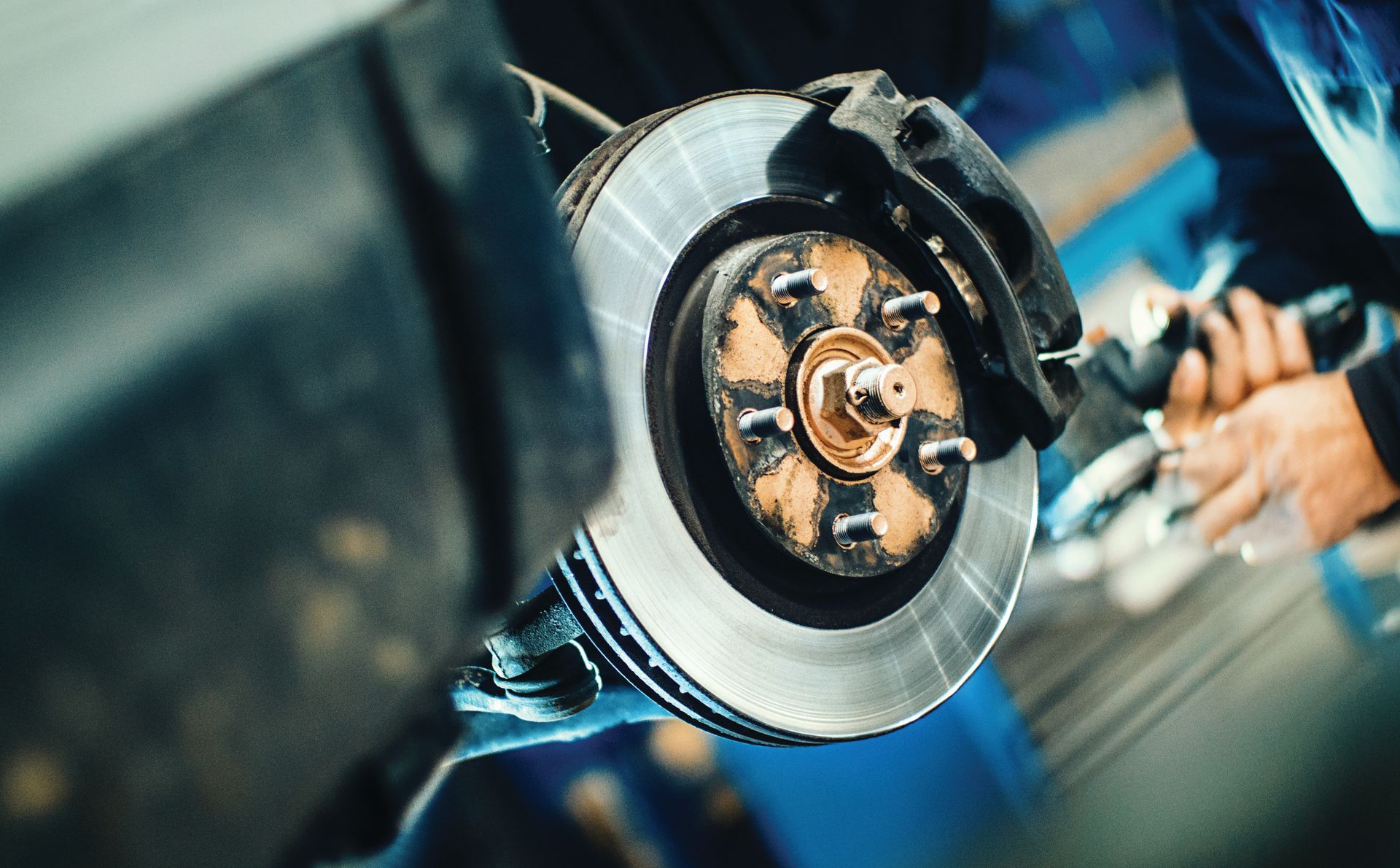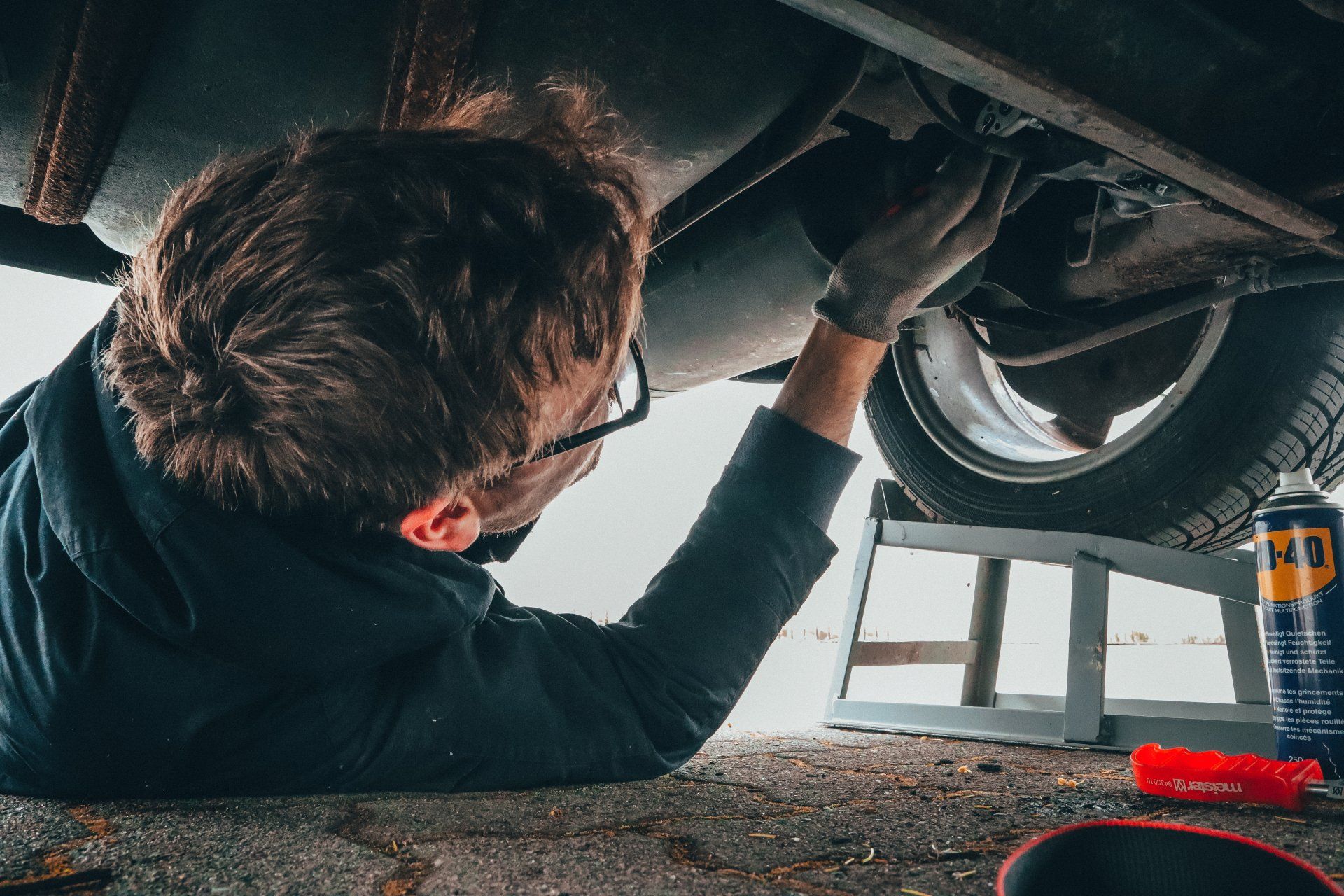CALL TO BOOK: 0161 767 9922
Higher Lane, Whitefield, M45 7FZ
PRESS
LATEST NEWS & ADVICE

August 20, 2024
Dealing with punctures is a frequent challenge for today's drivers, requiring a thoughtful decision on whether to repair or replace the affected tyre. When opting for a repair, a common method involves the application of a bonded rubber plug to the interior of the tyre, seamlessly extending up to the tread area. It is crucial to exercise caution, limiting repairs to no more than two or three, depending on the puncture's location. Run flat tyres, designed with a specific molecular structure strength during manufacturing, should not undergo repairs, as it could compromise their strength and reliability. While the cost of puncture repairs may vary, a properly executed fix typically demands around 30 minutes of your time. However, strict guidelines dictate safe repair areas, emphasizing the importance of seeking advice from a tyre specialist. Certain regions on the tyre should not undergo repair, and an attached guide can aid in understanding these restrictions. In instances where the puncture is deemed non-repairable, the only choice is to invest in a new tyre. Punctures are not a swift, makeshift resolution; they require meticulous attention and must be approached with patience when consulting with a tyre specialist.
© 2025
All Rights Reserved | VEHICLE SERVICING MADE SIMPLE | Privacy Policy
Proud supporters of Manchester’s Community.


Proud supporters of Manchester’s Community.










